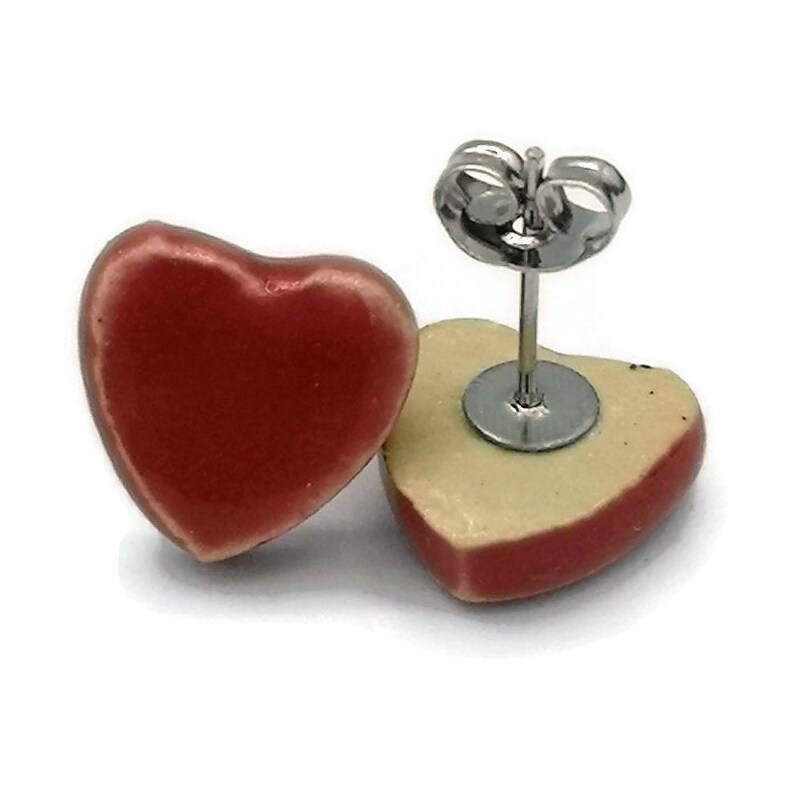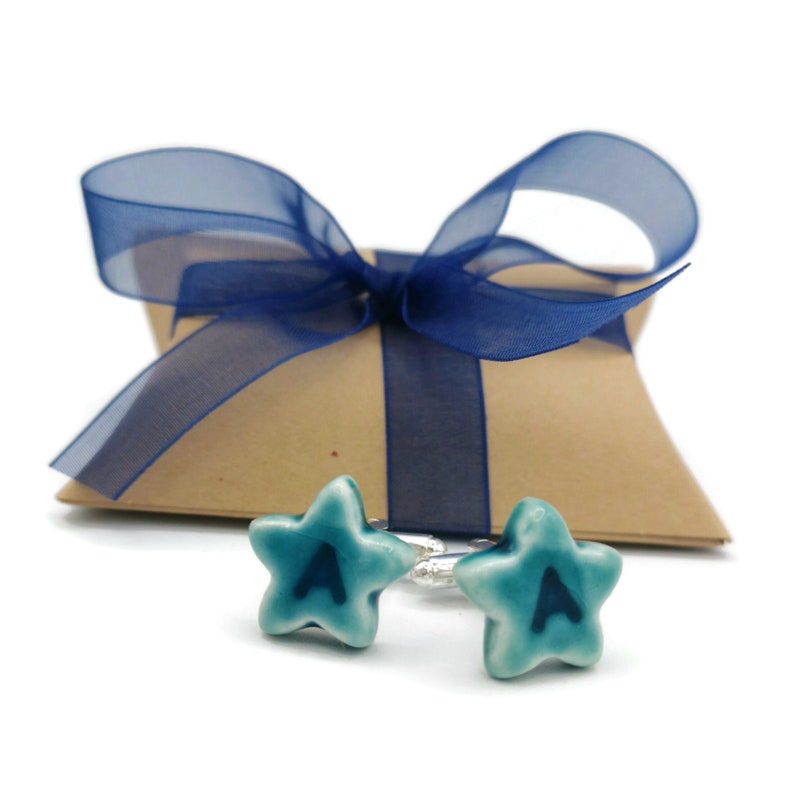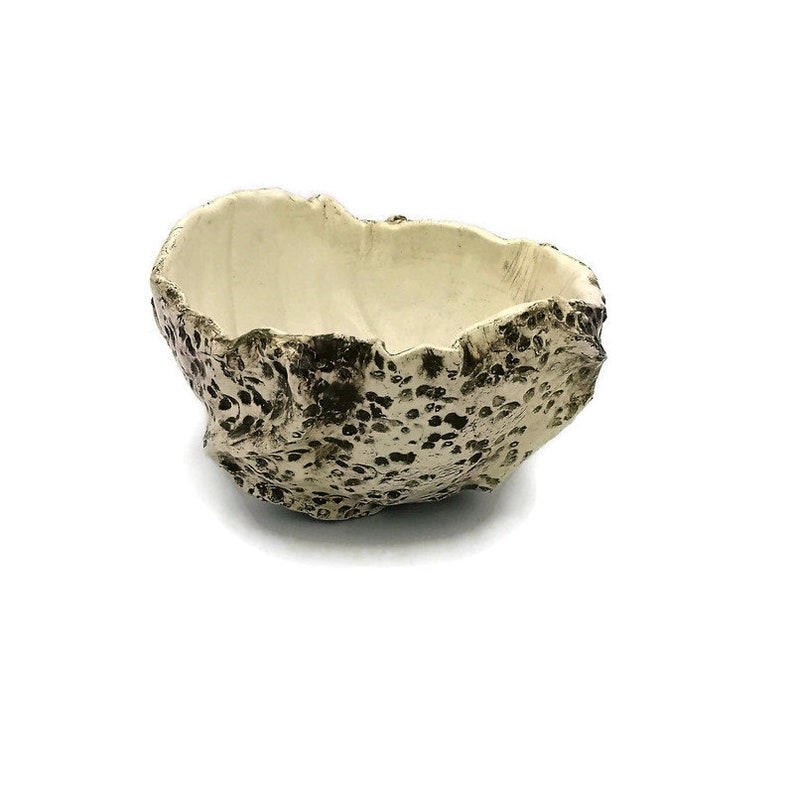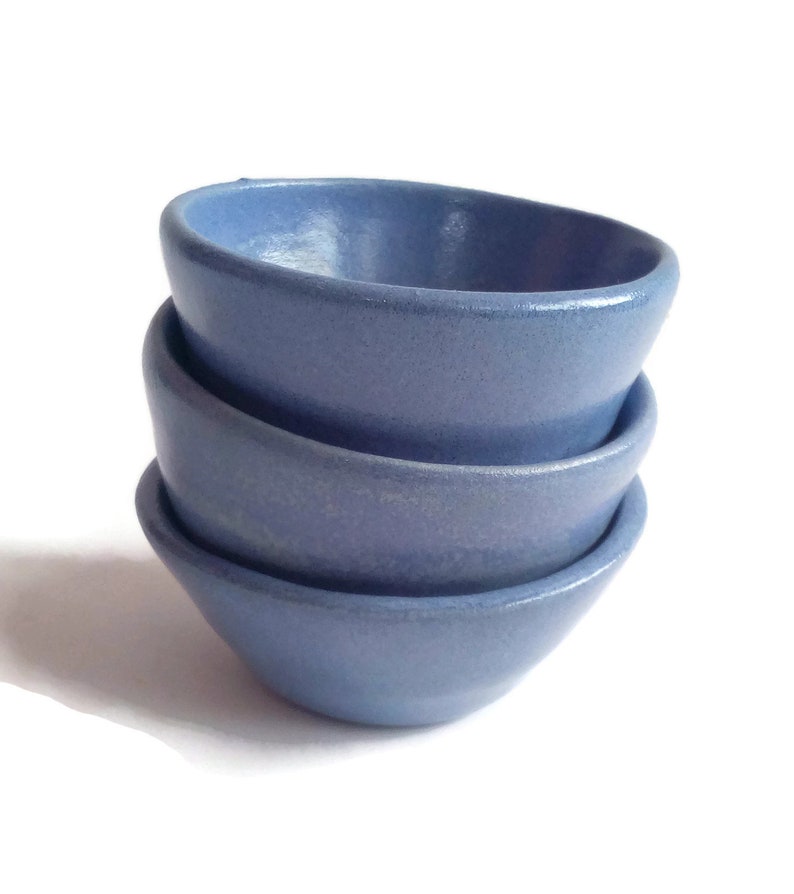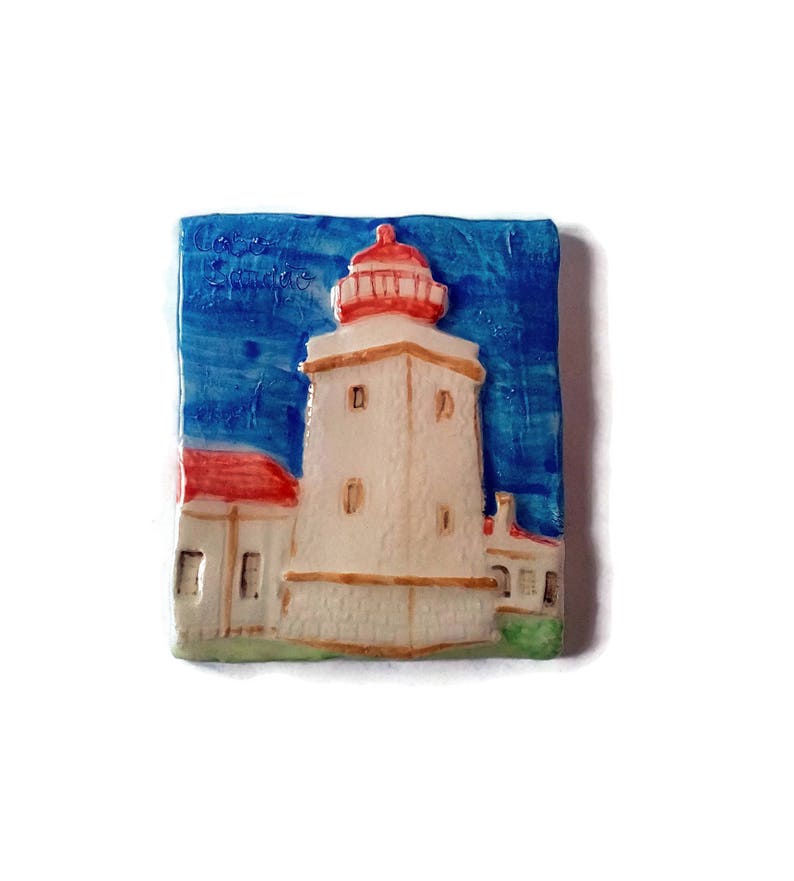Pottery is one of the oldest and most popular art forms in the world. From ancient times to modern-day, people have used pottery to create beautiful and functional objects. But have you ever noticed that most pottery is not glazed on the bottom? Have you ever wondered why? In this article, we will explore the reasons behind this common practice.
Pottery is made by shaping clay into various forms and then firing it in a kiln. Glazing is the process of applying a thin layer of glass to the surface of the pottery. The glaze not only adds beauty and color to the pottery but also makes it more durable and resistant to moisture.
However, pottery makers do not usually glaze the bottom of their pieces. Here are some reasons why:
Prevents Sticking to the Kiln Shelf
When pottery is fired in a kiln, it needs to be placed on a shelf. If the bottom of the pottery is glazed, it can stick to the shelf during firing, causing damage to both the pottery and the shelf. Leaving the bottom unglazed allows the pottery to be removed smoothly on the shelf.
Here is a video showing what happens when the glaze runs to the bottom of the piece.
Aesthetics
Pottery makers often leave the bottom unglazed for aesthetic reasons. The natural, unglazed surface of the pottery provides a beautiful contrast to the glazed surface and adds an organic, handmade feel to the piece.
In conclusion, the bottom of pottery is typically left unglazed for practical and aesthetic reasons. The rougher surface prevents sticking to the kiln shelf. Additionally, leaving the bottom unglazed adds to the beauty and organic feel of the piece. So, the next time you admire a piece of pottery, take a moment to appreciate the unglazed bottom and the thought and care that went into its creation.













.png)



